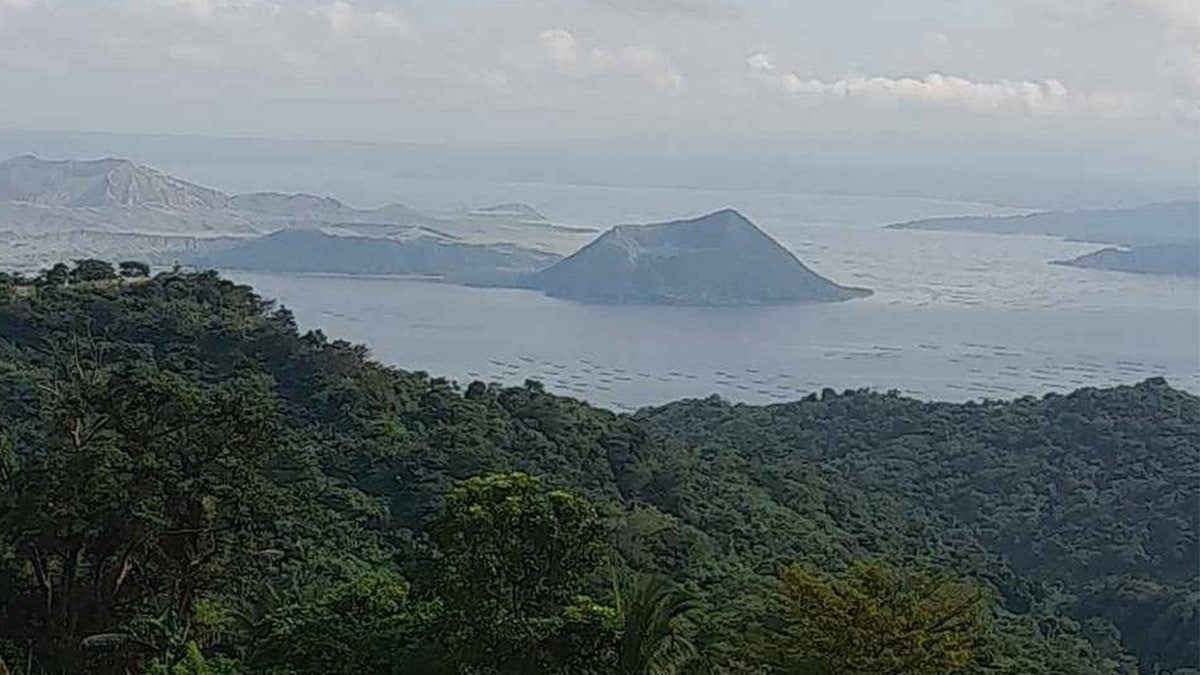LUCENA CITY — Taal Volcano in Batangas province recorded three phreatic, or steam-driven, eruptions on Thursday, Sept. 26, according to the Philippine Institute of Volcanology and Seismology (Phivolcs).
In its Monday bulletin issued Friday morning, Phivolcs said the events lasted one to three minutes.
One of the eruptions from the volcano island’s main crater was captured by the thermal camera of the Daang Kastila Observation Station at 12:39 p.m.
READ: Taal Volcano update: Phreatic eruption logged; Alert Level 1 stays
The event, locally called “pusngat” produced a 2,400-meter-high eruption plume.
On Wednesday, the volcano recorded another minor phreatic eruption at 1:59 a.m. and produced a 600-meter-high plume.
A phreatic eruption is a “steam-driven explosion that occurs when water beneath the ground or on the surface is heated by magma, lava, hot rocks, or new volcanic deposits (for example, tephra and pyroclastic-flow deposits),” Phivolcs said.
The unrest, however, is unlikely to progress into a magmatic eruption based on the background levels of volcanic earthquake activity and the detected ground deformation, Phivolcs pointed out.
During the past 24 hours, at least two volcanic tremors were recorded at Taal Volcano.
Volcanic tremors are “continuous seismic signals with regular or irregular oscillations and low frequencies (typically 0.5–5 Hz) that can last for more than a minute.”
Authorities observed no harmful volcanic smog, or “vog,” over the volcano since Wednesday.
However, state volcanologists again observed an “upwelling of hot volcanic fluids” in the main crater lake of the volcano, located on Taal Volcano Island, locally known as “Pulo,” which sits in the middle of Taal Lake.
Phivolcs reminded the public that Taal Volcano remained in an “abnormal condition” and “should not be interpreted to have ceased unrest nor ceased the threat of eruptive activity.”
Local governments are advised to continuously monitor and assess the preparedness of their communities and undertake appropriate response measures to mitigate hazards posed by long-term degassing and related phreatic activity, authorities said.
“Civil aviation authorities must advise pilots to avoid flying close to the volcano as airborne ash and ballistic fragments from explosions and wind-remobilized ash may pose hazards to [aircraft],” Phivolcs added. INQ
